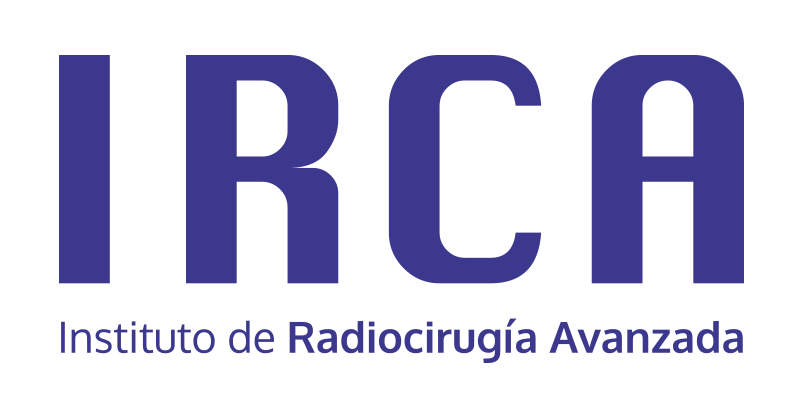FAQ
Frequently Asked Questions
What is Radiosurgery, an approach to the concept
Radiosurgery is a form of radiotherapy. It has the particularity of being extremely precise.
Its aim is to treat tumours in the brain and functional abnormalities of the brain that cannot be treated with ordinary surgery.
It is also known as stereotactic radiosurgery and stereotactic radiosurgery.
Radiosurgery is not surgery
Although radiosurgery contains the word surgery within it, it is not a surgical procedure.
Rather, it is an alternative for patients who cannot undergo surgery due to the location of the lesion.
Is it stereotactic radiosurgery or estereotactic radiosurgery?
Both terms are used in the same way, although it is suggested to use only the word stereotactic in English.
Radiosurgery equipment
Radiosurgery requires high-tech equipment, which delivers radiation to the damaged area with a minimal margin of error.
At present, IRCA radiosurgery has the most advanced stereotactic radiosurgery system, the ZAP-X technology.
Unlike other technologies, ZAP-X technology is able to control the dynamics of the irradiation at all times, ensuring that the healthy structures surrounding the lesion are not damaged much more effectively.
What health problems does radiosurgery treat?
Intracranial radiosurgery treats a variety of brain or intracranial problems, including:
-malignant tumours of the brain, head and neck
-benign lesions of the brain such as pituitary adenomas, neurinomas, early stage meningiomas and metastases
-Neuro-psychic pathology such as some types of epilepsy and trigeminal neuralgia
How radiosurgery is applied
First of all, the site of the lesion must be unequivocally located by determining the exact coordinates of where it is located.
To do this, stereotactic CT (computerised axial tomography) and angiographic imaging tests are performed, complemented by magnetic resonance imaging, to determine the exact location and size of the lesion to be treated in the brain.
One of the great advantages of the ZAPx technology available to us at IRCA is that we no longer use the classic stereotactic frame.
This frame consisted of a ring that was fixed to the skull with screws and served as a reference to concentrate the radiation beams on the site to be treated and stabilise the head.
With the technology we have at IRCA, it is not necessary to nail any device to the patient's head.
This eliminates the unpleasant effects of placing the traditional stereotactic frame around the head:
We do not leave punctate wounds left by the nails, so there is no danger of them becoming infected.
Possible pain at the nail insertion points and also from the pressure that the fixation can exert are avoided.
There are no tingling sensations that can be caused by anaesthesia.
Other undesirable side effects such as swelling of the eyelids or the whole face as a result of the pins do not occur either, because at IRCA we do not use this procedure.
The treatment is painless, outpatient and in an open space with windows, which avoids claustrophobic sensations.
During the treatment, fine beams of ionising radiation produced from cobalt are applied from a multitude of entry points.
The advantage of the ZAPx technology we use at IRCA is that it is more advanced than the traditional cobalt pump, or others such as particle accelerators, is that it does not require isolation in the depths of a bunker, does not require anaesthesia, is painless and non-invasive. And, what's more, in a single session.
With all this, we manage to humanise the whole process.

